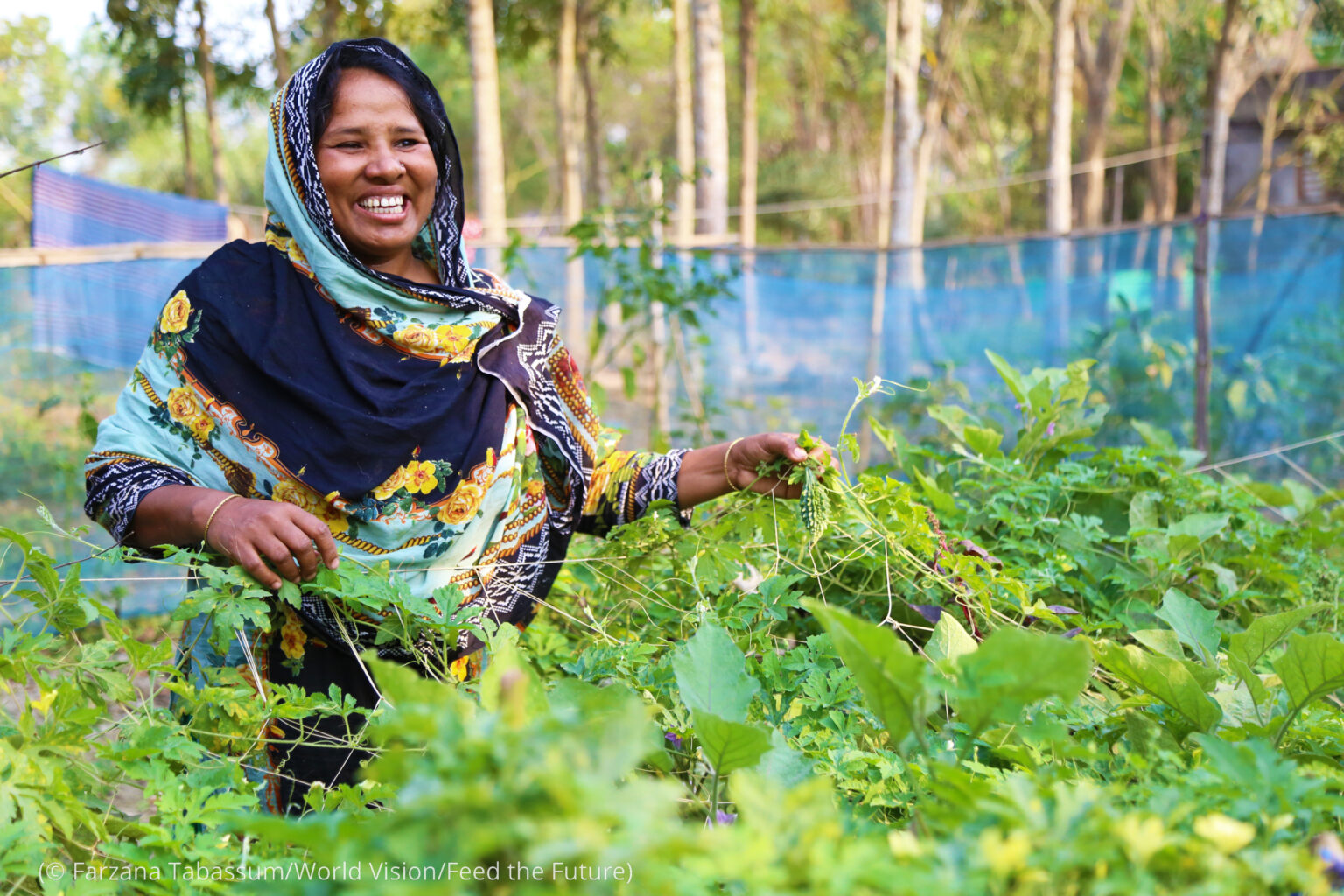Improved Activity Cost-Effectiveness (ImpAct) Review: Women's Agricultural Income

USAID’s Office of the Chief Economist (OCE) supports Operating Units to achieve the greatest possible impact with taxpayer dollars by translating cost-effectiveness evidence into actionable recommendations that can be applied to activity designs. USAID has launched the Generating Resilience and Opportunities for Women (GROW) commitment which includes a focus on accelerating efforts to reduce the gender gap in agricultural production.
Despite decades of work, the gap in land productivity between female- and male-managed farms of the same size is 24 percent. In other words, given a similarly sized plot, a male farmer would likely produce and earn 24 percent more than a female farmer because of gender-biased access to inputs, labor, information, and markets.
This ImpAct Review was conducted jointly by OCE, the Bureau for Resilience, Environment, and Food Security (REFS), and the Gender Equality and Women’s Empowerment Hub in the Bureau for Inclusive Growth, Partnerships, and Innovation, to inform missions seeking to integrate gender into Feed the Future (FTF) programs and summarizes impact evidence on which interventions have the greatest impact on women’s agricultural income.
Your Insights Hub journey has just started
Sign up here for access to updates - and industry insights and innovation - from the Smallholder Inclusive Business Newsletter.